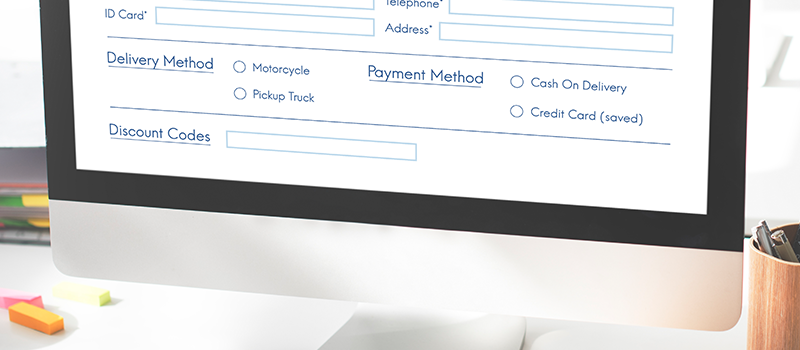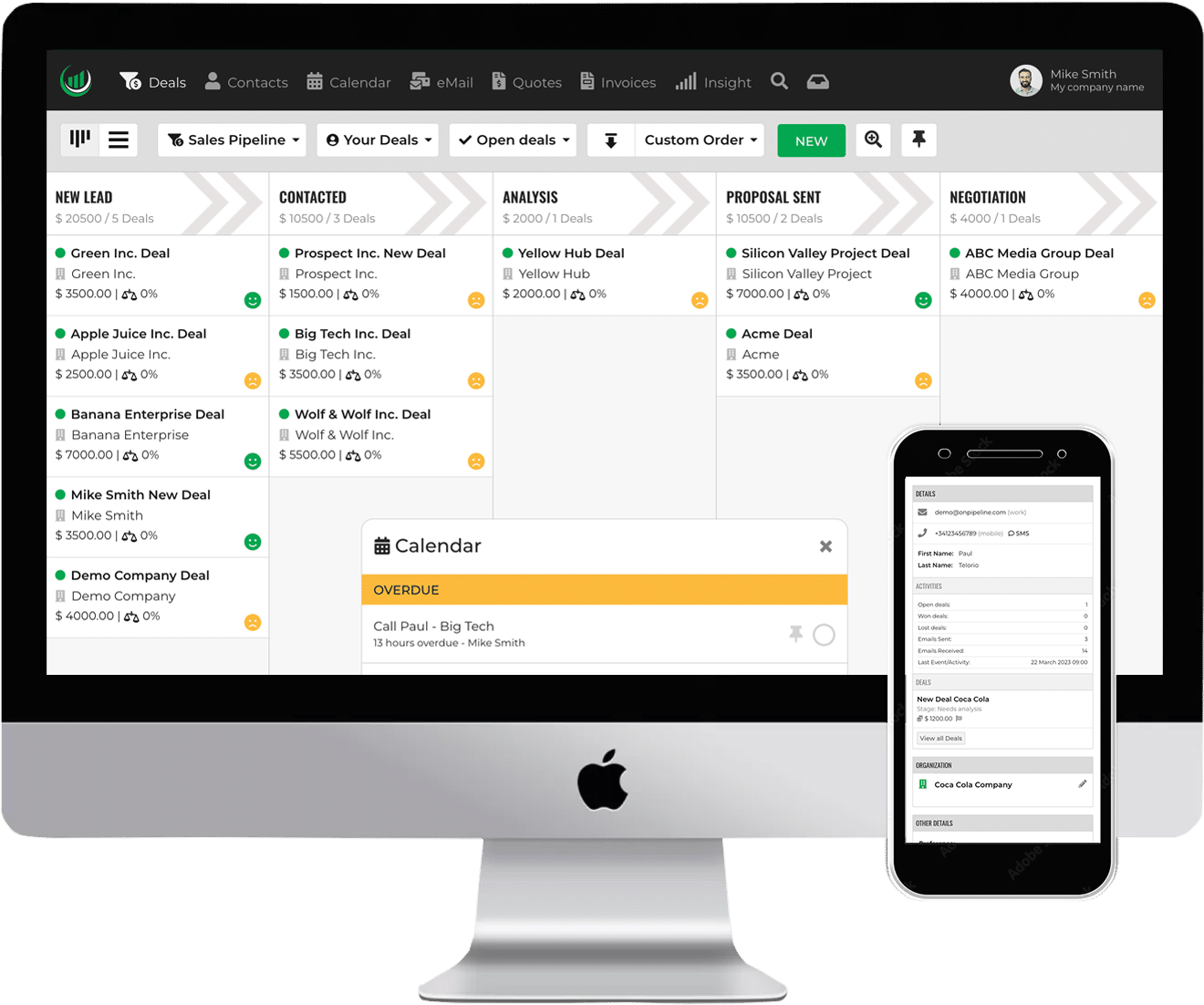A Customer Information System (CIS) is a tool that helps businesses store, manage, and analyze customer data. Think of it as a digital diary where companies keep all the important details about their customers, such as:
- Names and contact details (phone numbers, emails, addresses)
- Purchase history (what they bought and when)
- Preferences and interests (favorite products or services)
- Billing and payment details (if applicable)
- Customer service interactions (complaints, feedback, support requests)
How is a CIS different from a CRM?
A Customer Relationship Management (CRM) system and a Customer Information System (CIS) might seem similar, but they serve different purposes:
- CIS focuses on data storage and management – It collects and organizes customer information, transactions, and billing details.
- CRM focuses on customer interactions and engagement – It helps businesses track leads, sales opportunities, and communication with customers.
Where is a CIS used?
Different industries use Customer Information Systems, including:
- Retail and E-commerce – To track purchases and suggest new products.
- Banks and Financial Services – To manage customer accounts and transactions.
- Utility Companies – To monitor usage, billing, and payments.
- Telecommunication Providers – To keep track of customer plans and services.
- Healthcare Services – To store patient records and appointment history.
How CIS makes a difference
Imagine Sarah, a loyal customer of an online clothing store. She frequently buys dresses and accessories from the website. One day, she calls customer service because she received the wrong size in her latest order. Instead of asking her for all her details again, the support agent quickly pulls up her profile using the CIS.
They see her purchase history, preferences, and even past interactions. Within minutes, they process an exchange and offer her a discount on her next purchase as a token of apology.
How do CIS and CRM Exchange Data?
A CIS and CRM often work together by exchanging data in real time. Here’s how:
- Automatic Data Syncing – Customer data stored in the CIS, such as purchase history and billing details, is shared with the CRM via APIs to improve customer service.
- Improved Issue Resolution – Customer support agents can retrieve detailed records from the CIS when assisting customers, ensuring faster and more accurate service.
By working together, a CIS and CRM create a seamless experience for both customers and businesses, ensuring efficient data use and better customer satisfaction.
The line Between CIS and CRM is blurring
While traditionally CIS and CRM have been separate systems, today the distinction is becoming more technical than practical. Many businesses, especially small and medium-sized ones, rely entirely on their CRM to manage customer data.
Although having a dedicated CIS can be beneficial for organizing structured data, many modern CRMs – like Onpipeline – already provide extensive data management capabilities. This means that while CIS remains useful, in practice, many businesses operate with an all-in-one CRM solution that fulfills both roles.
Why is a CIS important?
Businesses need to understand their customers to serve them better. A CIS helps by:
- Personalizing the customer experience – Businesses can recommend products based on previous purchases.
- Improving customer service – Having all customer details in one place makes it easier to solve problems quickly.
- Boosting sales and marketing efforts – Companies can send offers or promotions based on customer interests.
- Ensuring accurate billing and transactions – For businesses that provide utility services, subscriptions, or memberships, CIS helps manage payments efficiently.
Final Thoughts
A Customer Information System is like a business’s memory of its customers. It helps companies build stronger relationships, improve customer service, and grow their business. So, the next time you receive a personalized offer or quick customer support, remember—it’s likely thanks to a CIS working behind the scenes!



